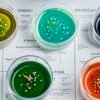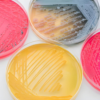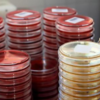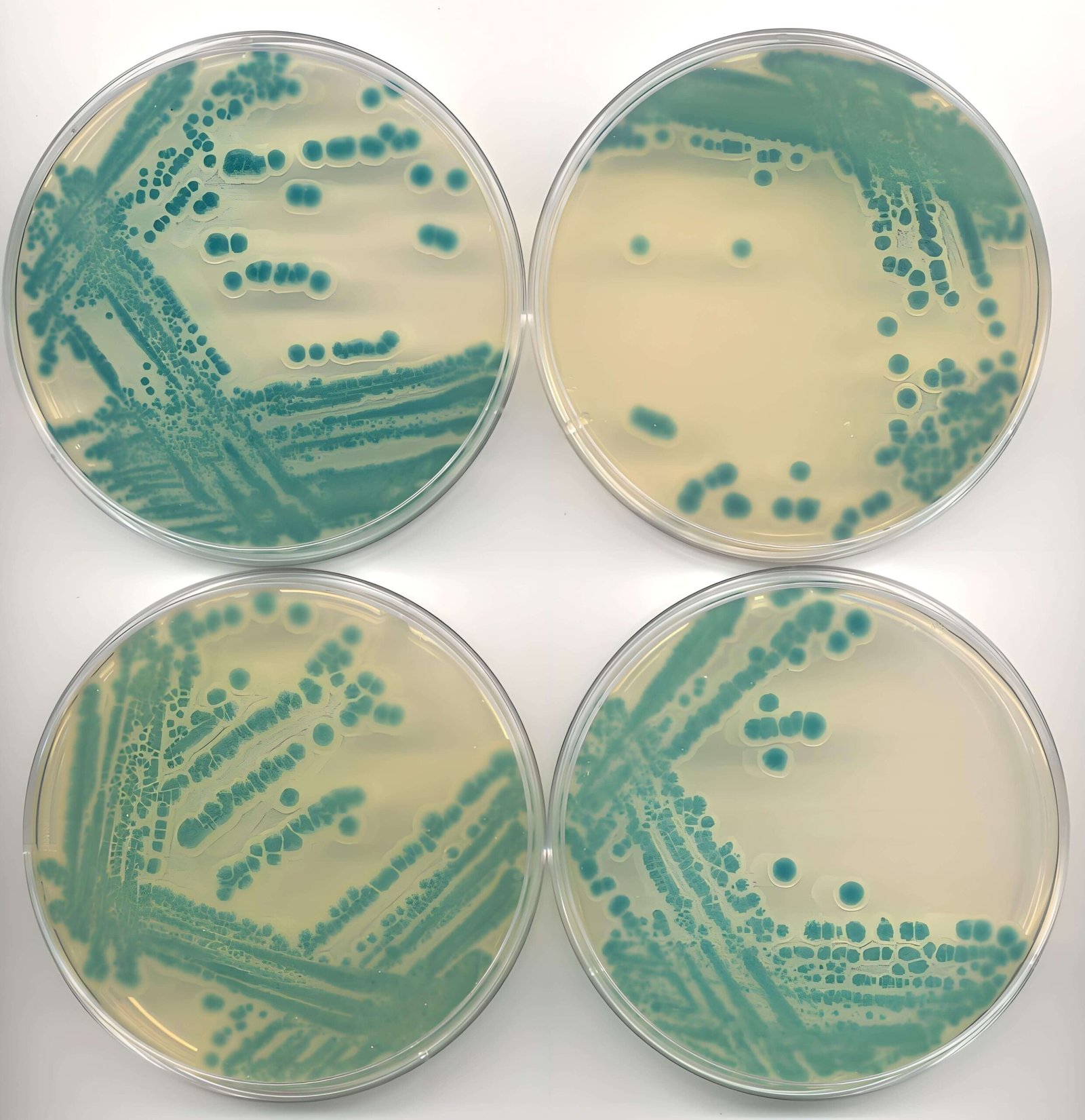
Food safety detection is one of the highest priorities for both consumers and the food industry. Contaminants like bacteria, fungi, and viruses can make food products dangerous for consumption, leading to outbreaks, recalls, and health risks. Ensuring food hygiene through reliable detection methods is essential, and one of the most effective ways to monitor contamination is by using chromogenic and conventional culture media. In this article, we will explore how these media types play a crucial role in detecting foodborne pathogens and maintaining compliance with health regulations.
Understanding Chromogenic Media: Chromogenic media are specially formulated to support the growth of specific microorganisms while producing a color change that indicates the presence of pathogens. This type of medium is particularly beneficial in food safety testing, as it provides a visual cue that speeds up the identification process. Chromogenic media are ideal for detecting specific pathogens such as Salmonella, Escherichia coli, and Listeria in food samples. The visual color change not only simplifies the detection process but also reduces the need for complex biochemical tests, making the process faster and more efficient.
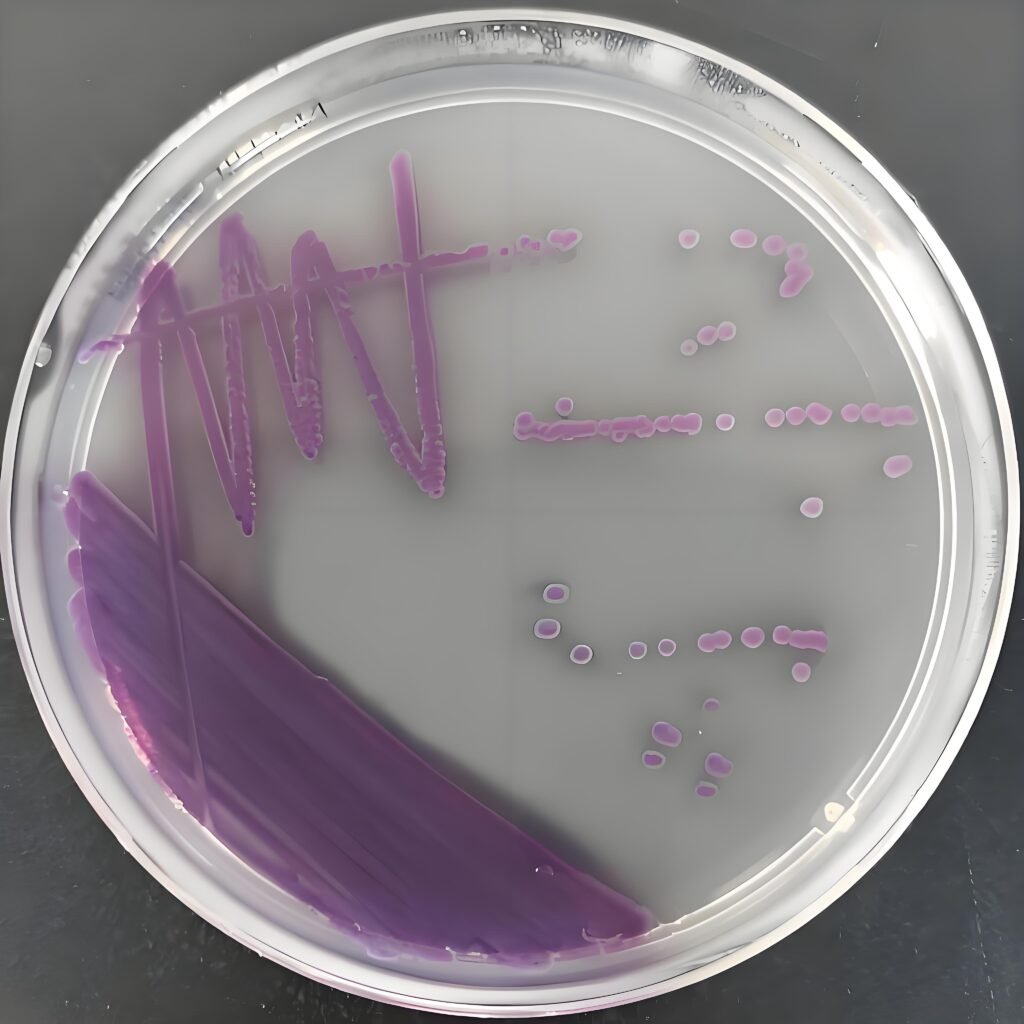
The Role of Conventional Media in Food Safety: While chromogenic media is highly efficient, conventional culture media also plays an indispensable role in foodborne pathogen detection. Traditional media, such as nutrient agar, MacConkey agar, and xylose lysine deoxycholate (XLD) agar, offer a well-established method for cultivating a broad range of microorganisms. These media types support the growth of various bacteria and fungi that may be present in food products. When used in combination with selective agents, conventional media help isolate and identify specific contaminants, allowing food safety professionals to conduct thorough tests on food samples.
How Chromogenic and Conventional Media Work Together: Both chromogenic and conventional culture media are critical for comprehensive food safety testing. By using these media in tandem, laboratories can efficiently detect a wide range of pathogens with high sensitivity and specificity. The use of chromogenic media provides rapid results and helps identify pathogens visually, while conventional media offers a more traditional, well-rounded approach to microbial testing. This combination enhances food safety protocols, ensuring that food products are safe for consumers.
Meeting Regulatory Standards: In the food industry, meeting regulatory standards is crucial to ensuring that food products are safe. Different countries and regions have set strict guidelines and protocols for food safety, and failure to comply can result in significant consequences. Chromogenic and conventional media are often required tools for food testing in compliance with international health standards, including those set by the European Food Safety Authority (EFSA), the U.S. Food and Drug Administration (FDA), and other regulatory bodies. These media ensure that food manufacturers, processors, and distributors can demonstrate their commitment to consumer health and product safety.
Conclusion: In conclusion, both chromogenic and conventional culture media are invaluable tools in the detection of foodborne pathogens. These media not only ensure food hygiene and safety but also help maintain compliance with stringent health regulations. By incorporating these media into their testing procedures, food producers and safety professionals can effectively manage contamination risks and deliver safe, high-quality food products to the market.
Recent Posts
- A Guide to Using Culture Media for Strict European Cosmetic Safety Compliance
- The Role of Culture Media in Ensuring Accurate Cosmetic Microbial Testing
- Transport Media and Their Role in Microbial Sample Transport
- How Culture Media Impact the Precision of Cosmetic Microbial Testing
- Optimize Lab Efficiency with Granular Culture Media

